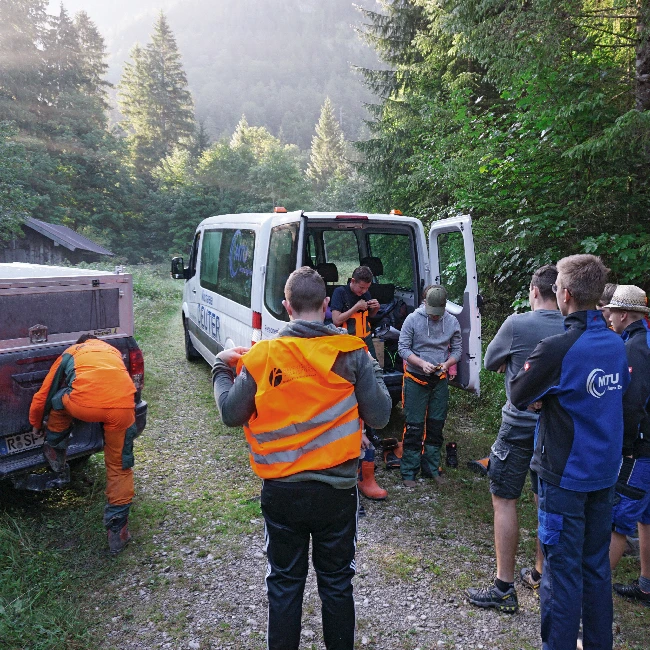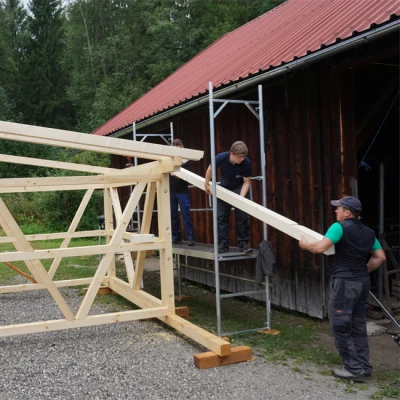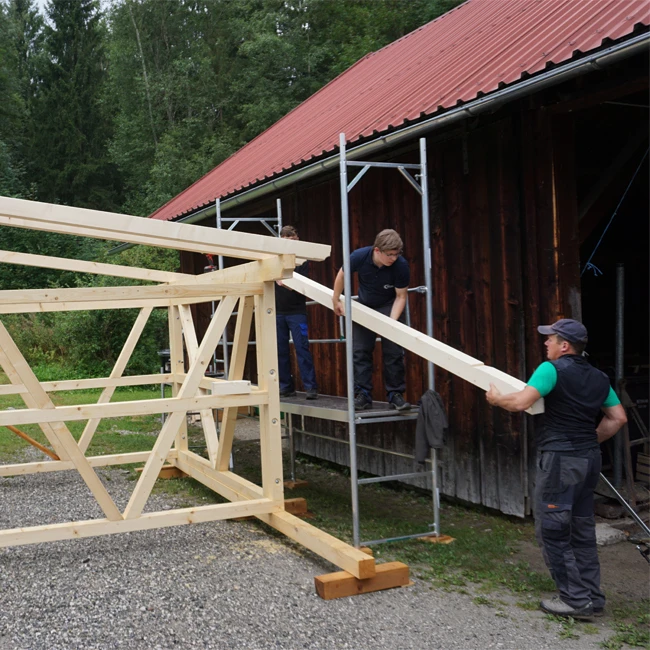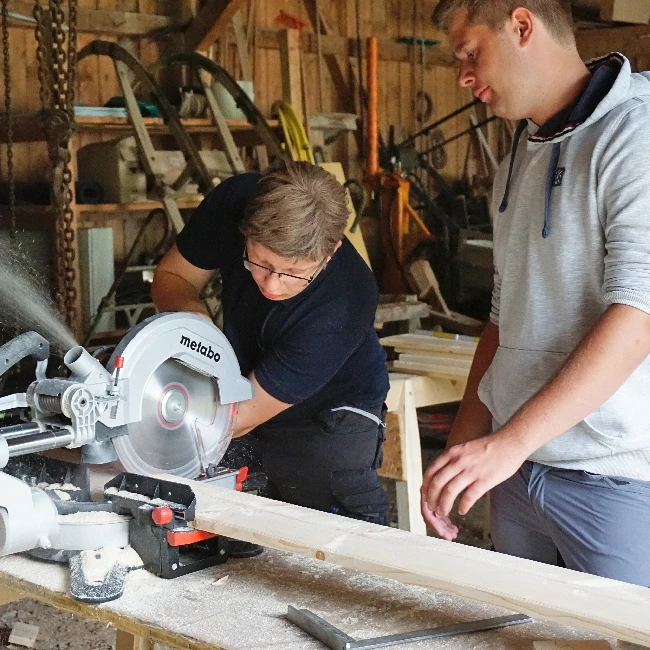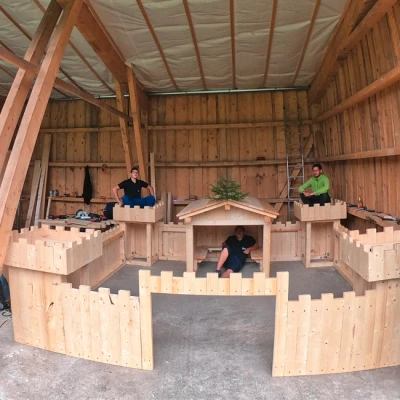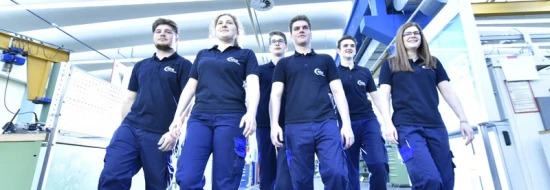people
MTU apprentices focus on sustainability at team-building event
Think social, act sustainable: How the MTU Principles form the core of team-building activities undertaken by nearly 50 apprentices and students.
author: Thorsten Rienth | 3 mins reading time published on: 01.01.2020
author:
Thorsten Rienth
writes as a freelance journalist for AEROREPORT. In addition to the aerospace industry, his technical writing focuses on rail traffic and the transportation industry.

One aspect of this at MTU is building engines for which fuel burn and noise emissions are as low as possible. “Another is our corporate social responsibility, that is, to go beyond our core business to think socially, act sustainably and raise environmental awareness,” says Hans-Peter Kleitsch, Senior Vice President, Human Resources at MTU Aero Engines. He refers to the MTU Principles, which state: “MTU takes its responsibility for the environment and society seriously.”
Against this backdrop, it becomes clear why MTU’s current cohort of apprentices and students completing dual work-study programs didn’t just visit a regular seminar venue for their team-building event at the end of their first training year. Instead, they went to the Ammergau Alps nature reserve in Oberammergau, near the Bavarian-Austrian border. MTU has been working with the Oberammergau forestry office to hold apprentice team-building events there for about 15 years now.
This year, almost 50 young people from MTU teamed up with Bavarian state forestry officials to work on joint projects. They split into several groups to built weather-proof apiaries and bike shelters, dry toilets for hikers, a wooden bridge that improves access to hunting grounds, and a wooden castle for a kindergarten playground. Overall, the objective was for the MTU apprentices to take the reins in managing the projects, albeit under the expert guidance of the forestry workers. The apprentices were also in charge of organizing other daily activities, such as allocating rooms in their accommodation or managing the roster for kitchen duties.
“Everyone pulled together to work as a team,” says Luis Heitmair, an apprentice in industrial mechanics. “Before we started, I never thought we’d progress as quickly as we did.” They worked together on planning, assigning tasks and finally making decisions—all skills that the company places particular focus on throughout the training year. “We all supported each other, say, if someone needed help with the circular saw.”
So much rests on precisely these elements when it comes to team-building, as MTU trainer Stefan Haberland explains: “This kind of groupwork prompts people to bond over shared responsibility for a common goal.” Naturally, that strengthens cohesion, improves communication, creates a sense of team spirit and broadens the perspectives of these young industrial and aircraft maintenance engineers, mechatronics engineers, surface coaters or warehouse logistics professionals. “And the experience of collaborating with people from other disciplines is especially useful in the next two years of training and later, when the apprentices go on to work in our various departments,” Haberland says.
Teaming up with the forestry office has another key side to it as well, as he explains: “In MTU’s in-house training shop, our apprentices work mainly with metal-based materials. In the forest, they learn the skills they need to work with wood.” And that’s not the only way the apprentices get to broaden their horizons, as one of them points out: “What I really liked was that our colleagues doing dual work-study programs joined us apprentices to form one big group. We weren’t intimidated by the fact that the students were sometimes four or five years older than us. Our common goals united us.”
The apprentices all agree that the construction projects were a real challenge. “Whenever we got stuck, everyone had to pull together.” And, of course, that’s precisely the point of such team-building activities: because at the end of the day, it’s these qualities that will be expected of the participants later in their careers.





